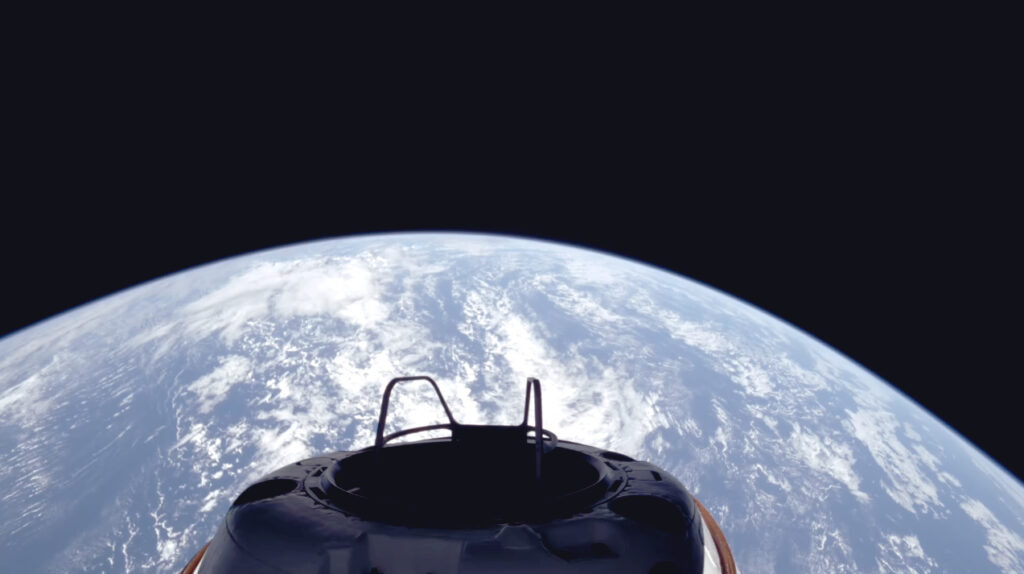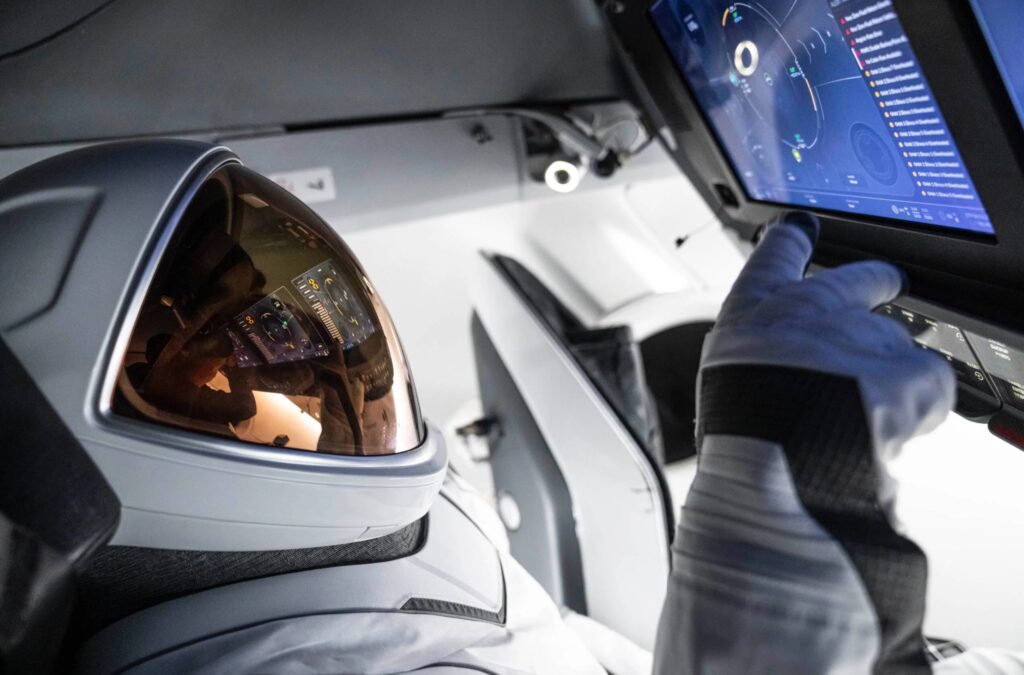On September 12, the Polaris Dawn mission crew will perform the first-ever private spacewalk. The event will be broadcast live on the Internet.
Altitude record
The Polaris Dawn mission was headed into space on September 10. Shortly after launch, the Crew Dragon spacecraft performed a maneuver that put it into orbit with an apogee altitude of 1,400 km. Thus, Polaris Dawn broke the altitude record of 1,372 kilometers set back in 1966 by the Gemini mission. Only 24 astronauts who flew to the Moon as part of the Apollo program have traveled a greater distance from our planet. The last time this happened was in 1972.

Due to this high altitude, Crew Dragon has flown through the interior of Earth’s radiation belts several times. The astronauts collected data on the radiation environment and conducted a number of studies and experiments. In particular, they have been involved in observing changes in vision, studying how fluid shifts and microgravity exposure affect blood flow within the eyes, and evaluating how medications are processed by the body while in orbit. Crew members also held a number of charity events.
After that, Crew Dragon performed a new maneuver that reduced its apogee altitude to 700 km. This is necessary for the operation that will be the culmination of the entire mission: the first ever private spacewalk.
First private spacewalk
The spacewalk will be accomplished as follows. Since Crew Dragon doesn’t have a separate airlock, SpaceX engineers had to equip it with an opening front hatch. Thus, all four crew members will be in an airless environment. But only two of them will go outside the spacecraft. They are crew commander Jared Isaacman and mission specialist Sarah Gillis. After depressurizing the spacecraft, Isaacman is expected to attach himself with a lifeline, open the forward hatch of the Crew Dragon, and then exit the spacecraft. He will be followed by Sarah Gillis.
Astronauts will use spacesuits prepared by SpaceX. They look similar to the spacesuits used during regular Crew Dragon flights to the ISS. However, the company made many changes to the design. The spacesuit received new movable joints, additional seals, and protection against micrometeorites. The helmet’s visor has a projection display showing pressure, humidity and a spacewalk timer. Each helmet is equipped with a camera that transmits a first-person view.

It is important to note that unlike the spacesuits used by the ISS crew for spacewalks, SpaceX spacesuits don’t have an autonomous life support system. Polaris Dawn participants will be connected by hoses to the spacecraft’s life support system. Through them, they will receive oxygen and energy and transmit telemetry back to the spacecraft.
The live broadcast of the spacewalk preparation will start at around 1:20 a.m. ET (6:20 a.m. BST). The operation itself will begin an hour later at 2:23 a.m. ET. The entire exit is expected to take about two hours.


